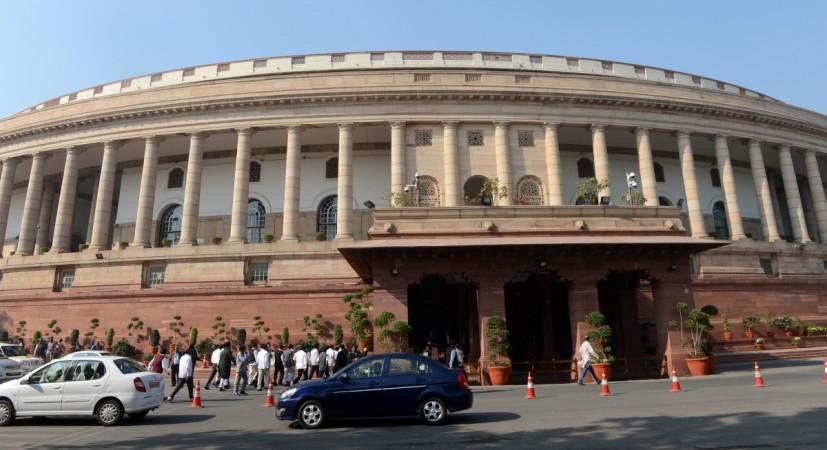
2017 has been an important year for the Indian economy in many ways. The incumbent Narendra Modi government has brought in some key economic reforms which have become a talking point for Indians.
"These are institutional reforms. These are structural changes. And these structural changes, I think have put the Indian economy on a far more sound track so that we can look forward for a much cleaner much bigger India economy in the days and years to come," Union Finance Minister Arun Jaitley said in October while addressing the students of the Columbia University in New York.
The same month, Jim Yong Kim, president of World Bank said in Washington, "The reform process has been significant. We think that certainly in the medium and long term, the growth will reflect the seriousness of Prime Minister Modi's government in making those reforms."
However, on the flipside, there are lots of concerns, as country's gross domestic product (GDP) grew at 5.7 percent for the July quarter, the lowest in three years. It has improved in the last quarter (September) to 6.3 percent, but the improvement is lower than expected.
Another important issue is job creation. Jobs growth has hit multiple years low in 2017. Fresh jobs created in eight core sectors stood at 1.55 lakh in 2015 and rose modestly to 2.31 lakh next year, miles away from the electoral promise of two million fresh jobs every year that Modi made during his speeches in the run-up to the elections in 2014.
However, Manmohan Singh, two-time Prime Minister and currently Rajya Sabha MP, had strongly criticised the BJP government's economic policies. Speaking on demonetisation, he said: "Nowhere in the world has any nation taken such a drastic step that swept away 86 percent of its currency. I repeat what I said in Parliament earlier, this was organised loot and legalised plunder."
Here are the three major economic reforms undertaken by the current NDA government.
GST
On July 1, the government launched Goods and Services Tax (GST), which bundles in all the indirect taxes and cesses into one.
"This is long overdue but hugely consequential for the ease of doing business, and for demonstrating to the outside world that India is dragging its economy into the 21st century," Milan Vaishnav, a senior associate with Carnegie Endowment for International Peace told New York Times.
However, there has been a lot of complexities businesses faced after the launch of the new tax regime as multiple times rules and processes were tweaked in a very short period of time. Oppositions called for a complete overhaul of GST rates and claimed that the new tax regime was completely flawed.
"This is a complete mess of a GST. This is a caricature of a GST. Everything about this law that they made and the tax they have introduced is flawed. Concept, design, structure, rates, backbone, compliance requirements. Everything is flawed. So if you have so many flaws in a tax that you are introducing, this is the mess you will create," former finance minister P Chidambaram said to The Wire.
Bank Recapitalisation
Capital infusion was long-standing demands of the state-owned banks, as the asset qualities of these banks have grossly worsened due to increasing non-performing assets.
In October, the finance ministry announced a mega Rs 2.11 lakh crore recapitalisation plan for PSU banks over the next two years. Of the Rs 2.11 lakh crore recapitalisation plan, Jaitley then said that Rs 1.35 lakh crore would come from recapitalisation bonds, Rs 18,139 crore Centre's budgetary funds and the remaining Rs 58,000 crore would be mopped up from capital market by diluting the government's equity.
Former RBI governor Y V Reddy welcomed government's decision on capital infusion and said, "The solution that is being done is different, perfectly appropriate. In terms of fiscal and monetary implications, this is acceptable."
Insolvency Bankruptcy Code (IBC)
India's new Insolvency Bankruptcy Bill aims to initiate a formal insolvency resolution process (IRP) for businesses, either by coming up with a viable survival mechanism or by ensuring their speedy liquidation.
This has been a major reform in the banking sector which has given sweeping power to the central bank of India, with an aim in to accelerate cleaning up of non-performing assets from the system.
According to the bill, companies will be given a maximum of 270 days to come with a resolution plan by discussing with the appointed insolvency resolution professional.
If there is no approved resolution plan at the end of the 270-day period, the company goes into liquidation.

















